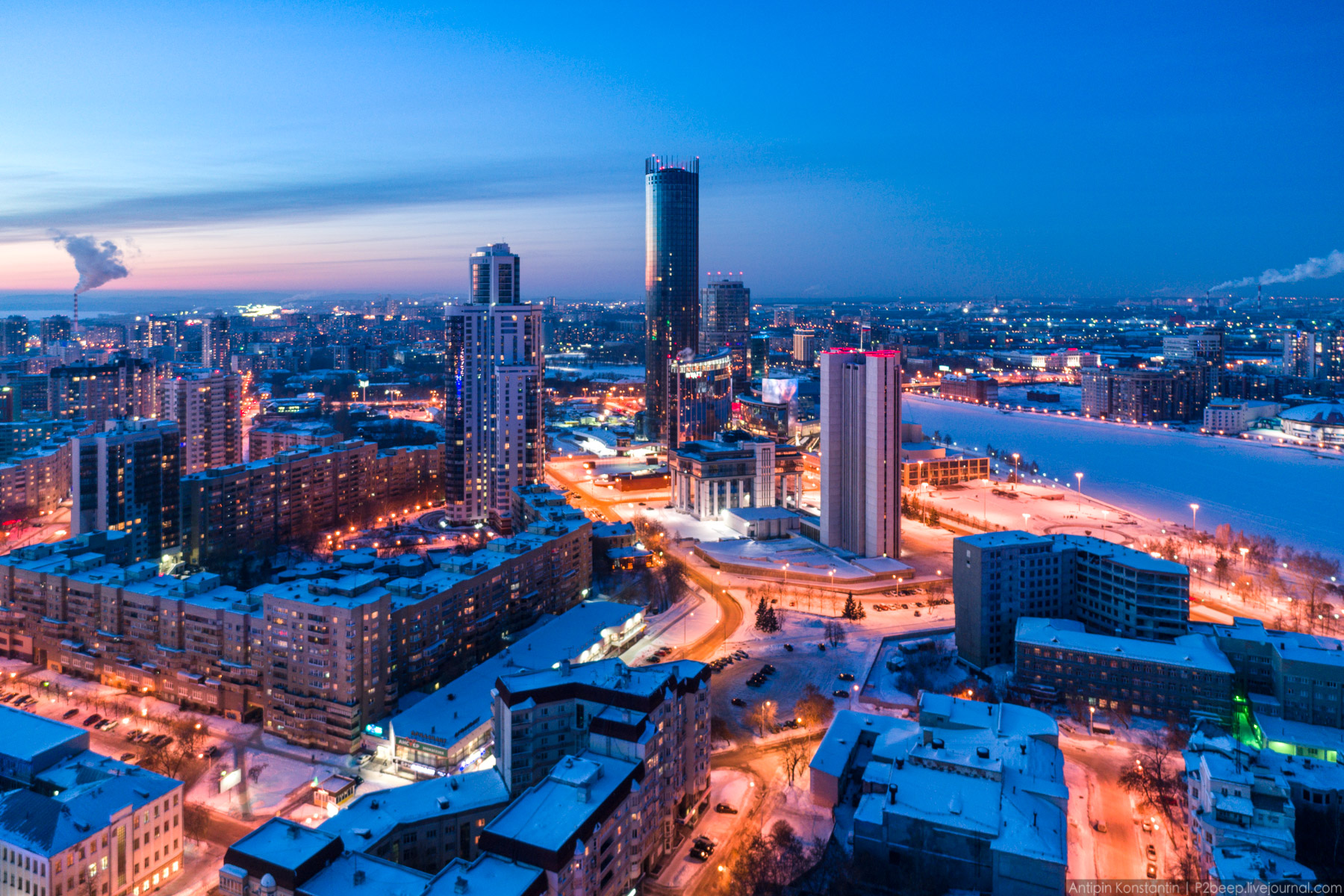Turkey is “closely following” the crisis in Ukraine amid fears about the fate of the Turkish-speaking Tatar minority in Crimea, a government source said on Monday.
“We have an important duty to remember the Tatars, and we are in discussion with concerned parties so that this dispute does not degenerate into armed conflict. We cannot remain mere spectators of what is happening there,” the Turkish government source told AFP, speaking on condition of anonymity.
Members of the Tatar community held demonstrations in Ankara, Istanbul and the central city of Konya over the weekend to protest the Russian intervention in Ukraine.
“No to Russia — Crimea must stay Ukrainian!” read one of the protesters’ placards outside the Russian embassy in Ankara on Sunday.
Foreign Minister Ahmet Davutoglu traveled to Kiev on Saturday and has held talks with representatives from the United States, France, Germany and Poland over the phone, according to a foreign ministry spokesman.
He also hopes to meet with his Russian counterpart Sergei Lavrov as soon as possible, the spokesman added.
Davutoglu was due to meet representatives of the Tatar community in Ukraine on Monday.
“Turkey will do everything possible to ensure the stability of Crimea at the heart of a united Ukraine,” he said in a televised interview on Sunday.
“The rights of the Tatars and their existence must be guaranteed.”
Turkey, a NATO ally, says that 12 percent of Crimea’s population are Turkish-speaking Tatars who are Sunni Muslims, like the majority of Turks.
Crimea was part of the Ottoman Empire until it was conquered by Russia in the late 18th century. Tatars — the majority population at the time — have been gradually pushed out since then.
Turkey has maintained strong cultural links to the Tatars in Ukraine, funding development projects including housing, roads and schools in Crimea through an aid programme based in the Crimean capital Simferopol.
ba/er/gd
via Turkey voices fears for Tatar minority in Ukraine | GlobalPost.


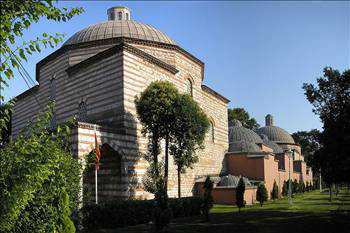
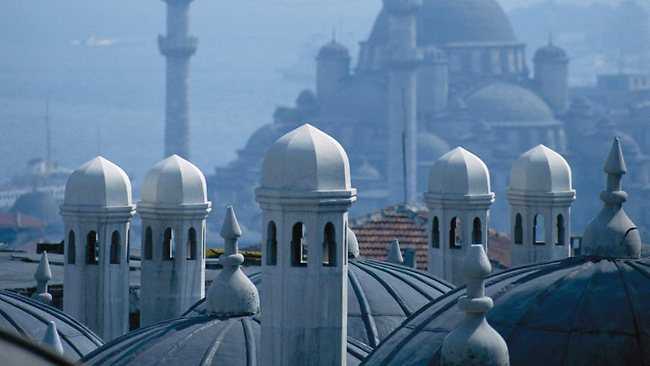
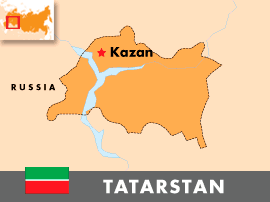
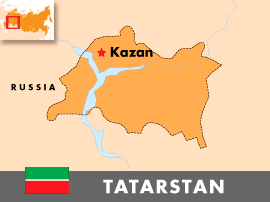
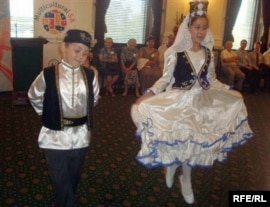
 Tatar children dance at a celebration of the 60th anniversary of Tatar immigration to Australia in Adelaide.
Tatar children dance at a celebration of the 60th anniversary of Tatar immigration to Australia in Adelaide.
